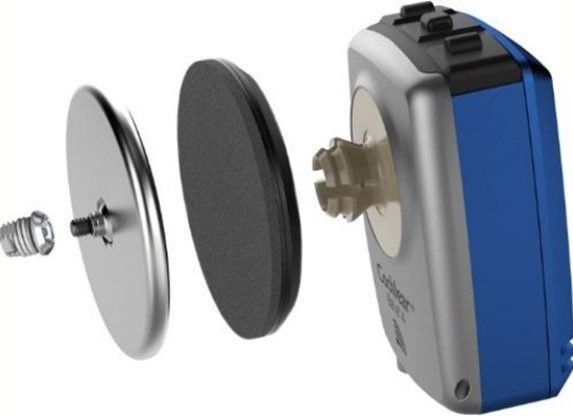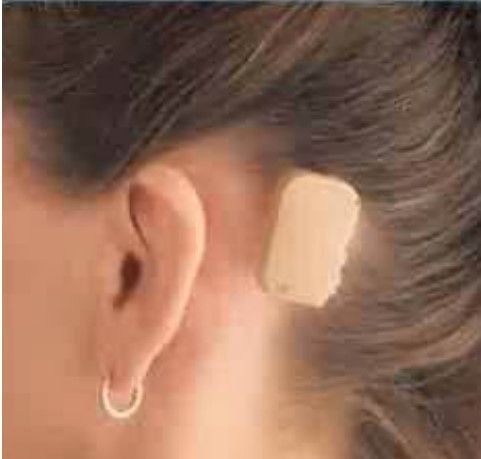Endoscopic Ear & Otology
Bone Anchored Hearing Aid (BAHA) Surgery
A Bone Anchored Hearing Aid (BAHA) is a type of hearing device that utilises bone conduction to transmit sound vibrations directly to the inner ear, bypassing the middle ear. BAHA surgery involves implanting a small titanium fixture (abutment) into the skull bone behind the ear.
The BAHA surgery is typically performed under general anaesthesia or local anaesthesia with sedation. During the procedure, a small incision is made behind the ear, exposing the skull bone. The fixture is placed into the bone (usually the mastoid), where it integrates and bonds with the bone over time (osseointegration). The fixture protrudes slightly through the skin behind the ear to provide a stable anchor for attaching the external sound processor.
After the implantation, a healing period of several weeks is needed to allow the implant to osseointegrate with the surrounding bone. During this time, the skin around the implant heals and stabilises. Once the implant site has healed, an external sound processor is fitted. This processor captures sound waves and converts them into vibrations, which are transmitted through the implant to the inner ear. This bypasses any middle ear issues, such as conductive hearing loss.
BAHA systems are also beneficial for individuals with mixed hearing loss and single-sided deafness. Unlike traditional hearing aids, BAHA devices are less likely to cause discomfort or ear infections because they do not occlude the ear canal. By bypassing the outer and middle ear, BAHA devices provide clearer sound perception, especially in noisy environments.
This surgery is also considered for individuals who do not benefit from conventional hearing aids due to conditions affecting the middle ear, such as chronic ear infections, congenital malformations, or conditions requiring repeated ear surgeries.

